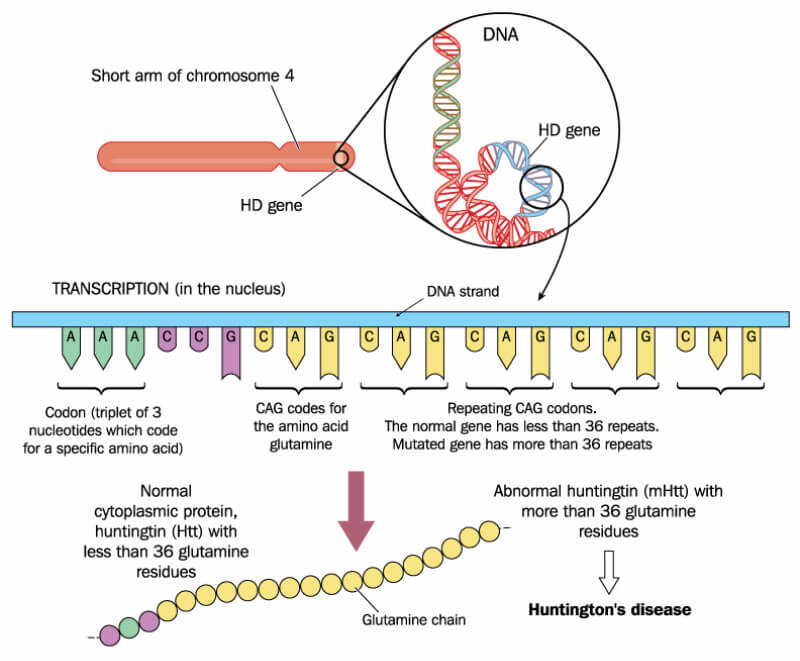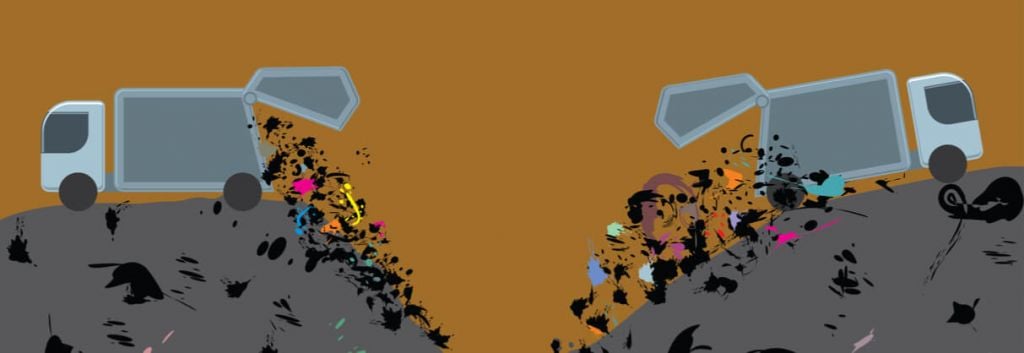Trim-Away removes a protein to uncover its true function, which will support disease research and potentially the development of new therapies.
Scientists at the Medical Research Council in the UK and the Max Planck Institute in Germany have discovered Trim-Away, a new technique that can remove a protein from a cell so that its true function can be deciphered. Research published in Cell has demonstrated that, in contrast to CRISPR and RNAi, Trim-Away rapidly deprives the cell of the protein such that compensatory mechanisms cannot be initiated. It is hoped that the new technique could provide a new approach to disease research and support the development of new therapies.
Trim-Away acutely degrades endogenous proteins without modifying the genome or mRNA, meaning even non-dividing cells can be targeted. It manages this by harnessing the cell‘s protein degradation machinery to remove unmodified proteins within minutes. The technique relies on a protein called Trim21, which spots antibodies that enter the cell attached to a virus and tags them as “garbage“, at which point the proteasome takes over and destroys the virus-antibody complex.
Trim21 was redirected against antibodies targeting a particular protein and within minutes the protein had disappeared. Highly specific antibodies can distinguish between variants of the same protein, which may be implicated in disease. The group also overcame the problem of many cell types expressing insufficient Trim21 to remove all of the antibody-bound protein by delivering additional Trim21 with a small electric shock.

Melina Schuh, Director of Biophysical Chemistry at the Max Planck Institute, is realistic over the current stage of the research: “Of course, getting this to work in cell culture is something completely different than curing the disease… A therapeutic application is still far off. But our work may open up new avenues for treating diseases with antibodies in the future.”
If we allow ourselves to look ahead, one potential application is the treatment of Huntington’s disease – a devastating progressive brain disorder caused by the production of a faulty huntingtin protein. At the moment, gene therapy is a popular approach to tackling the disease, with UniQure announcing that it will prioritize the development of a gene therapy for Huntington’s as part of its restructured R&D strategy while BrainVectis closed a €1M Series A to do the same.
Trim-Away could also help us to better investigate macrophages, which are inaccessible to CRISPR and RNAi as they recognize foreign DNA and RNA. By depleting proteins from macrophages, the effect of different proteins on the function of this important cell type could be studied.
Images – piscari / shutterstock.com; Blamb / shutterstock.com





